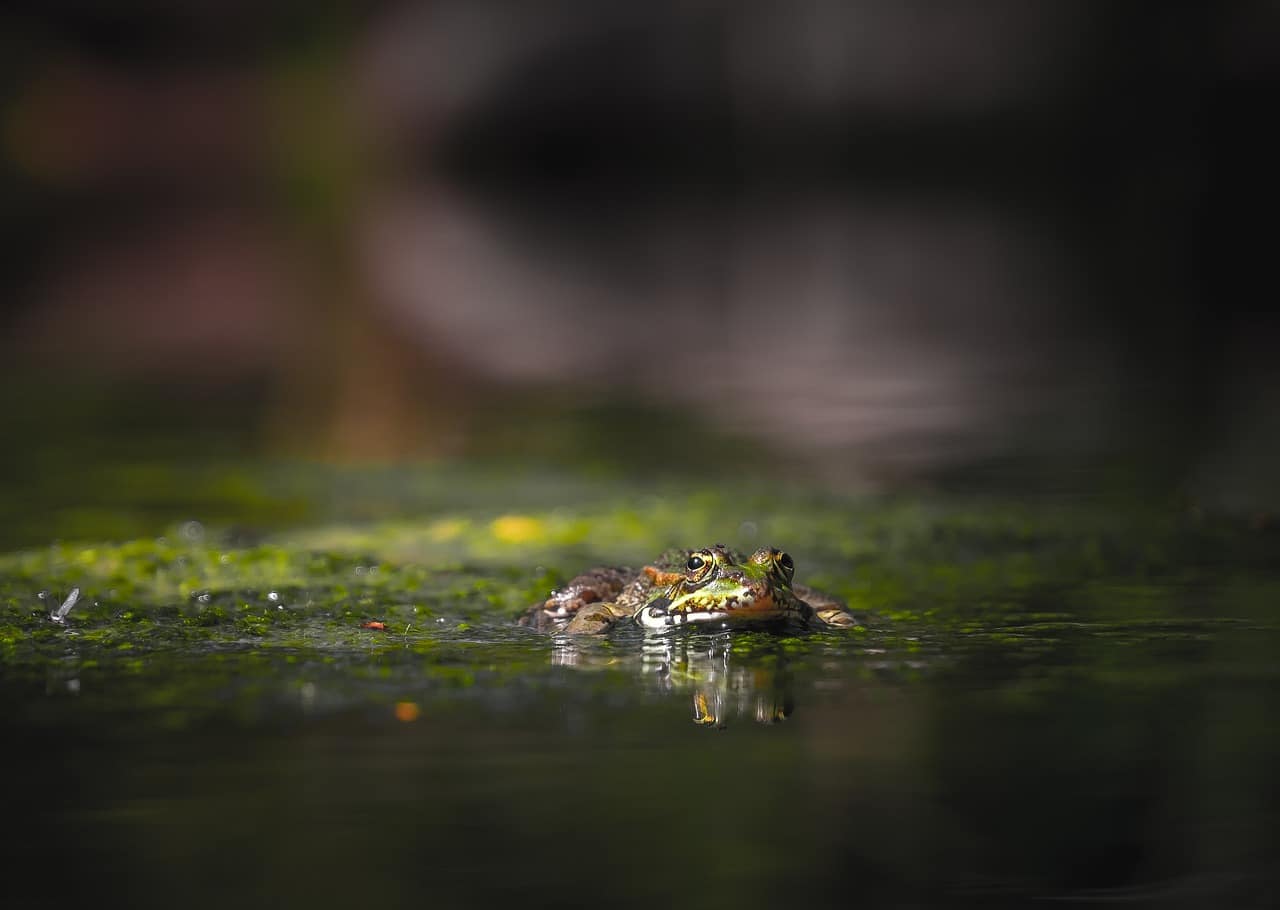
An exotic species is one that is not native or native to the place under consideration.
An exotic species is an organism that is not native or originating in the region under consideration . Its introduction to the site in question is a consequence of human action , which may be intentional or fortuitous.
By analyzing the two terms that make up the concept, it is easier to understand it. In the field of zoology and botany , a species is a group of individuals that share certain characteristics. Each species is usually divided into races or varieties. Exotic , meanwhile, is described as something that comes from a distant area and is perceived as different from its own.
What is an exotic species
An exotic species is called, therefore, one that is not native to the area in which it was introduced . It can also be called a foreign, foreign or introduced species .
The introduction of an exotic species, as we already indicated, is linked to an activity carried out by humans. This process of moving a living being to another space is called anthropochory .
Beyond the intentionality of anthropochory, exotic species can always cause damage to the ecosystem . This is due to the eventual alterations that are caused in the niche of the native species. Thus, exotic species can threaten biodiversity.

The introduction of exotic species can affect the functioning of an ecosystem.
Different forms of introduction
The introduction of an exotic species to a location can be accidental or deliberate . Accidental introduction occurs when an animal travels with a human being without the latter having the intention of carrying out its transfer. Suppose a rodent intrudes into the hold of a boat and then descends into new territory. This can cause the rodent to become an exotic species in its destination.
Deliberate introduction, on the other hand, is based on a human plan. The usual thing is that this procedure is developed with an economic purpose since it can open a door for livestock or agriculture. In a region where there are no sheep, to mention one case, these animals can be introduced in order to generate sheep and take advantage of the meat and wool.
Invasive alien species
The idea of invasive exotic species is often used when referring to these organisms, taking into account their capacity for damage. The introduction, in this framework, is understood as an invasion whose effects range from the alteration of the functioning of the ecosystem to the threat of subsistence of wild species in danger of extinction . The invasion also usually causes economic losses.
It is important to clarify that not all exotic species become invasive. Only when the introduced organism manages to establish itself in the new space and grow spontaneously, harming biodiversity , people's health, the economy and/or culture, does one begin to talk about invasion.
If we take the case of the Argentine Republic , an investigation promoted by the State recognized more than 700 invasive exotic species. The pink worm ( Dendrodrilus rubidus ), the tiger mosquito ( Aedes albopictus ), the green crab ( Carcinus maenas ) and the black rat ( Rattus rattus ) are some of the species included in the report.
